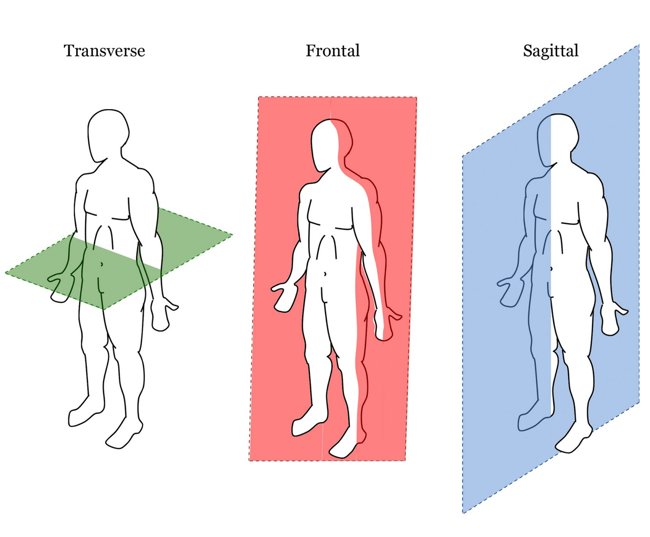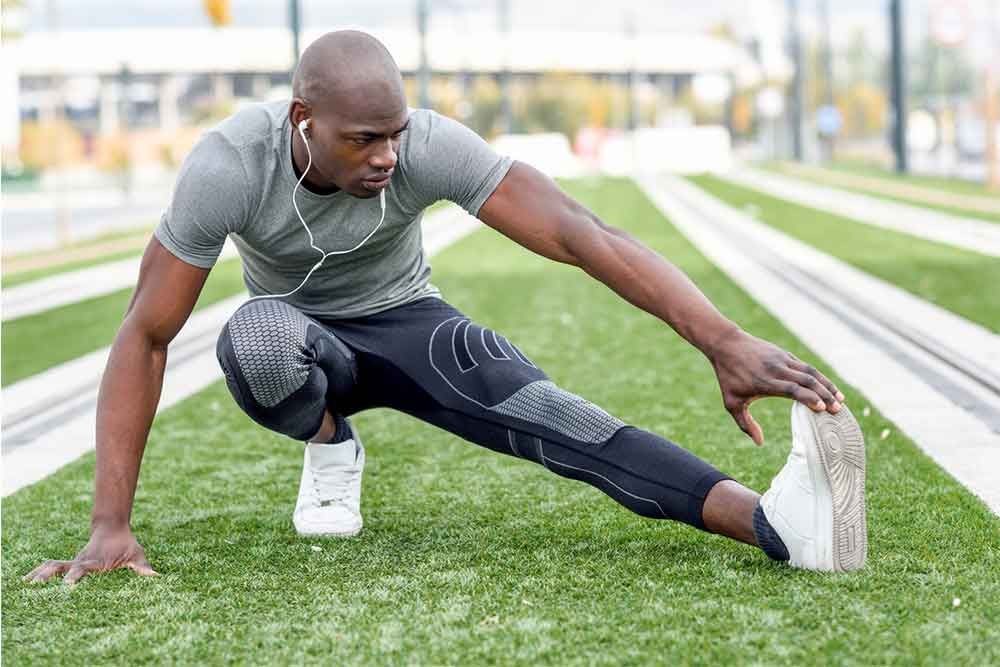“Let your patients have a say in their rehabilitation”
Now you may have heard this before, but letting your patients have a say in their treatment leads to better outcomes. When health professionals hear this saying they may think that this means having a rehabilitation program that is convenient to the client where they advise what location is best for them, establishing realistic treatment frequencies and durations which suit their work/life schedule. This certainly plays a large factor in recovery and treatment adherence, but it is not the takeaway message from the saying “let your patients have a say in their rehabilitation.”
So, what is the takeaway message from the saying “let your patients have a say in their rehabilitation” and what does it lead to?
What if I told you there is evidence out there by Gardner, 2019 showing 21% increased improvement in disability and a 35% increased improvement in pain with a therapist who allowed the patients to set their goals when compared to a therapist giving standard exercise advice. Makes sense, right? Now think about your patients you are working with. Have you allowed them to think about their goals and what they require to improve their program adherence, improve their pain and disability levels?
My takeaway message from “let your patients have a say in their rehabilitation” is that there’s a difference between treating people and treating pain. Working in the workers compensation field it is important to make relevant work and life goals to ensure program adherence is consistent and thus leads to goals being reached. If you would like more information on individualised client-focused goal setting and how to build a stronger rapport with your patients please don’t hesitate to contact us on info@absolutebalance.com.au.

Jason Peschke
Accredited Exercise Physiologist (AEP, AES) (ESSAM)
Gardner T, et al. Combined education and patient-led goal setting intervention reduced chronic low back pain disability and intensity at 12 months: a randomised controlled trial BR J Sports Med, 2019.




